The Tarpon is a large fish in the Megalopidae family. Researchers recognize two living species within the family, the Atlantic and the Indo-Pacific. The Atlantic is the larger of the two species. Their closest relatives are the ladyfish and the skipjack. Read on to learn about the Tarpon.
Description of the Tarpon
Both species have silvery-colored scales and elongated bodies. Adults of the Atlantic species regularly reach lengths of 5 or 6 ft., and can surpass 350 lbs. at their heaviest! Adults of the Indo-Pacific species grow to about 3 ft. long, though individuals in freshwater habitats do not reach the same length.
Interesting Facts About the Tarpon
This fish is quite popular as a game species, but what makes it so interesting? Learn more about their various adaptations and behaviors, below.
- Powerful Predators – These fish are quite muscular and powerful. They use their speed to capture prey, which they swallow whole.
- Sportfishing – Their athleticism is one of the primary draws of this sport fish. When a fisherman hooks this species, it uses its muscular build and impressive speed to leap out of the water. Oftentimes, these leaps help the fish dislodge the hook.
- Countershading – Another advantageous adaptation while hunting is the use of countershading. The scales on the top of the fish have a darker color than those on the underside. This coloration makes it difficult for animals to see the fish when viewing it from above or below.
- Swim Bladder – The predatory adaptations don’t stop there! This fish also has another leg up on the competition. It gulps air from the surface and the fish’s swim bladder absorbs the oxygen like a lung. This means it can range into waters with low oxygen levels that other oceanic predators cannot.
Habitat of the Tarpon
These fish live in a wide variety of habitats. They occupy primarily saltwater, but also range into freshwater. The Indo-Pacific species in particular lives in freshwater more frequently than the Atlantic species. Some of the different habitats that they live in include bays, coastal regions, open ocean, estuaries, lagoons, and more.
Distribution of the Tarpon
Each of the two species has its own unique range and distribution. The Indo-Pacific species lives throughout various regions of the Indo-Pacific. Its range extends from the coast of eastern Africa to Japan, and south to Australia.
The Atlantic species is a bit of a misnomer. This species actually ranges outside of the Atlantic Ocean, particularly during migrations. It lives along the coastline from the Northeast United States, around Florida, along the Gulf of Mexico to South America and across the Panama Canal into the west coast of Central America. It also lives along the western coast of Africa and parts of Europe.
Diet of the Tarpon
The diet of this fish ranges based on where it lives and how old it is. While they are young, they feed primarily on zooplankton like krill and fish larvae, as well as insects and other invertebrates. As adults they hunt for fish and other seafood. Some common prey include needlefish, shrimp, crabs, pinfish, and more.
Tarpon and Human Interaction
Humans consider the Atlantic species an important game fish. In various regions of the southern United States, this species brings in millions of dollars in fishing charters, permits, and tourism. In most regions, people do not eat this bony fish. However, people of South America consider the flesh a delicacy.
Human activity, including catch and release fishing, is resulting in decline of the Atlantic species. The IUCN currently lists the species as Vulnerable. They do not have enough data to properly assess the Indo-Pacific species, and consider it Data Deficient. Habitat destruction and pollution also cause population decline in this fish.
Domestication
Humans have not domesticated this fish in any way.
Does the Tarpon Make a Good Pet
No, these large creatures do not make good pets. Even the smaller species reaches surprisingly large lengths. They are also fast swimming, and need lots of space to roam. This makes them a poor choice for a home aquarium.
Tarpon Care
In commercial aquariums, you can often spot this fish in “pelagic,” or open ocean exhibits. They live in massive tanks, usually alongside a variety of other large fish species, including groupers, moray eels, a variety of sharks, and more.
Aquarists usually feed these fish a variety of small fish, squid, shrimp, and crabs. They also carefully maintain the temperature, pH, and salinity of the tanks to ensure the best care for all of the fish.
Behavior of the Tarpon
These large fish live in schools. During the majority of the year, smaller schools range about shallow coastal regions in search of prey. They migrate in search of food, and when breeding season arrives. During the breeding season, the smaller schools join together to form much larger numbers to spawn.
Reproduction of the Tarpon
Spawning typically occurs offshore during the summer months. The groups of females release their eggs, and the males release their sperm, fertilizing the eggs. Larger females can produce several million eggs at a time. After two or three days, the eggs hatch into larval fish. It takes at least six years for the young fish to reach sexual maturity.

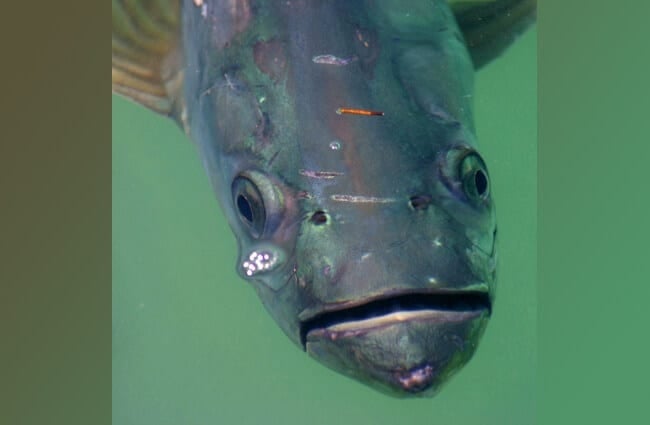
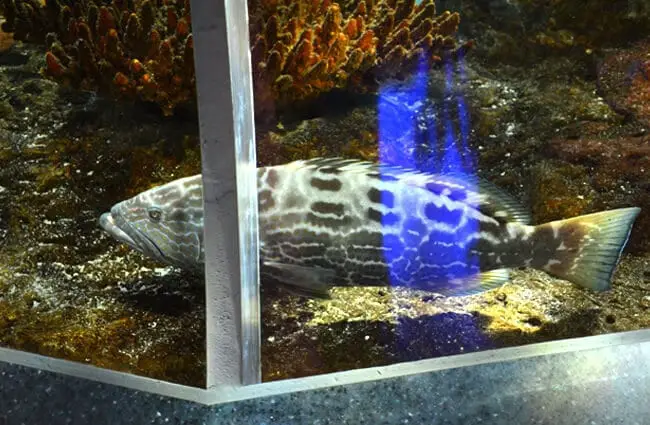
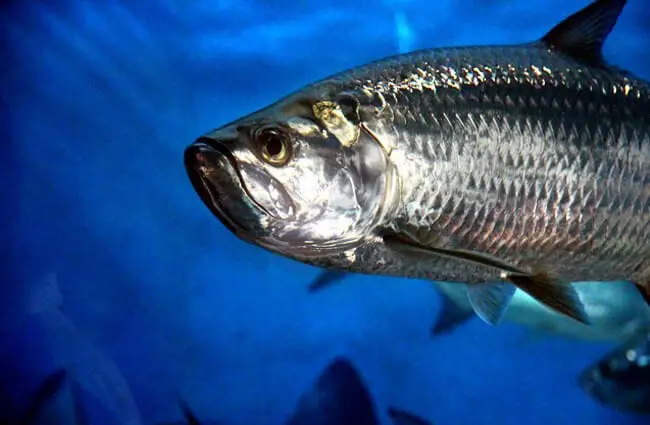

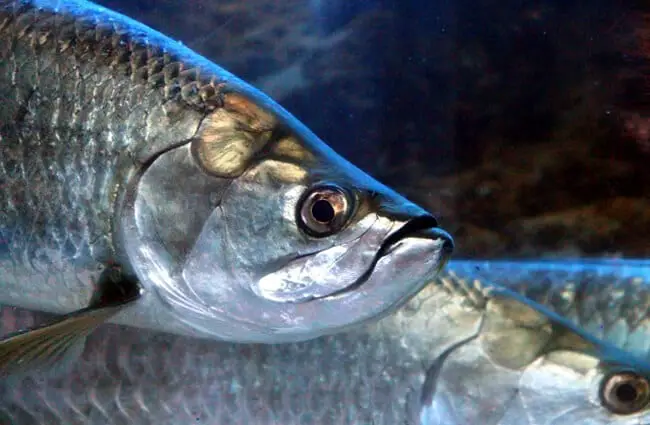




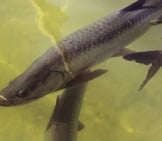


![Red Angus Closeup of a beautiful Red Angus cowPhoto by: U.S. Department of Agriculture [pubic domain]https://creativecommons.org/licenses/by/2.0/](https://animals.net/wp-content/uploads/2020/03/Red-Angus-4-238x178.jpg)












![Red Angus Closeup of a beautiful Red Angus cowPhoto by: U.S. Department of Agriculture [pubic domain]https://creativecommons.org/licenses/by/2.0/](https://animals.net/wp-content/uploads/2020/03/Red-Angus-4-100x75.jpg)

